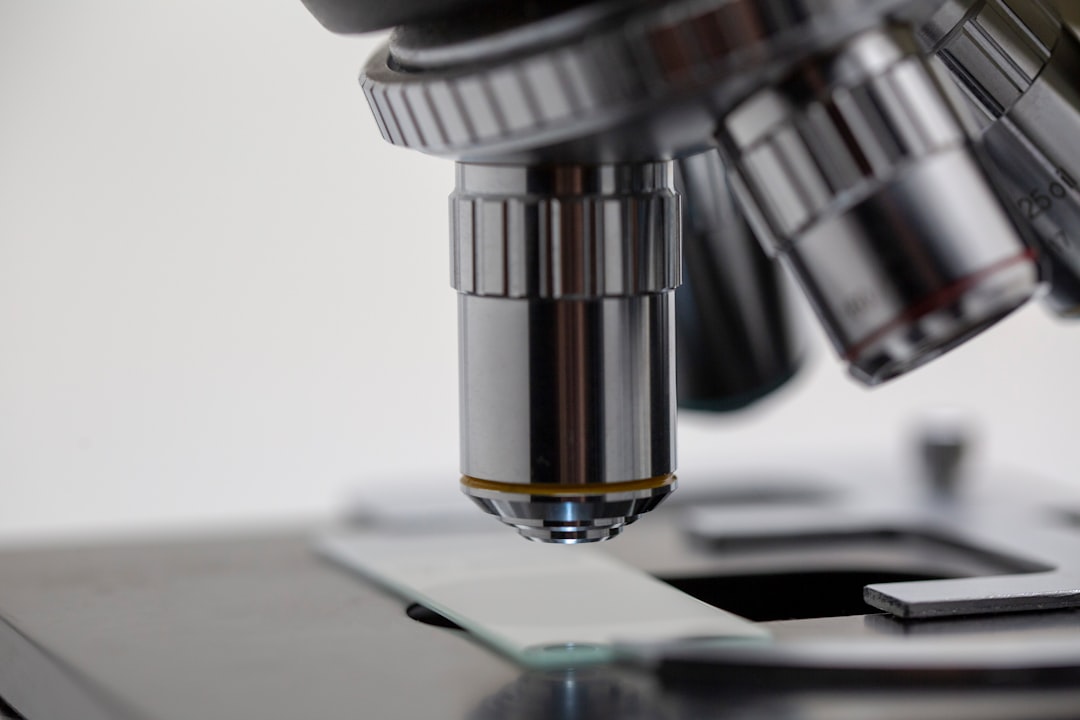What is it about?
Since first years of exploitation in 1960-70, neutron scattering has emerged as a unique and nondestructive means to probing inside matter properties at the nanometer length scales. Because the neutron production is scarce and expensive, the detection has to be extremely efficient. We take advantage of the recent improvements of light sensors in photon detection and detection dynamics, to develop a new type of two-dimensional neutron detector combining high detection efficiency and high spatial resolution. A prototype named Barotron (from the name of the inventor) has been built on this strategy. This 2D-neutron detector displays exceptional performances: Wide reciprocal space observation, spatial resolution lower than 0.5mm, low detection threshold (<1 neutron/cm2/s), reduced dimensions and a permanent possibility of upgrading. We underline the advantage of associating an accurate wavelength selection and point out the possibility to operate in time of flight mode. This type of instruments certainly foreshadows the future neutron scattering landscape, in particular in the view of future spallation sources.
Featured Image
Why is it important?
As long as neutrons will provide unique information about the structure of materials accessible with none other technique, innovating in neutron detection is an utmost challenge to compensate their weak interactions with the matter and the low fluxes. The recent advances in photon detection and detection dynamics of the CCD cameras make them extremely attractive and evolutionary as new neutron scattering detection means when they are coupled to a neutron scintillator. This new type of PSDs based on solid scintillators coupled to low level CCD reaches unequally spatial resolution in matter of neutron scattering, accesses to very low detection threshold (<1 neutron/cm2/s) and to wide scattering angles.
Perspectives
This possible evolution is clearly of prime interest, especially in the frame of the developments of the future spallation source.
Dr Laurence NOIREZ
CNRS
Read the Original
This page is a summary of: New Developments for 2D High-Resolution Neutron Scattering Experiments: Application Case and Experimental Examples from Crystals to Polymer Science, Neutron News, August 2007, Taylor & Francis,
DOI: 10.1080/10448630701492442.
You can read the full text:
Contributors
The following have contributed to this page










